Amazon's Alexa Gets a Generative AI Boost: What You Need to Know
Amazon is enhancing Alexa with generative AI but overlooks privacy concerns. New features include Alexas ability to listen without a wake word and improved smart home control.
Amazon is embarking on a mission to enhance the user experience with Alexa, their voice assistant, by harnessing the power of a new Large Language Model (LLM). During their annual hardware event, Amazon showcased the potential of this generative AI-driven Alexa, which will soon be available for preview on Echo devices. However, amidst the excitement about new features and the promising future of generative AI, Amazon conspicuously skirted around the persistent concern of privacy.
The Amazon devices event featured a range of product updates, including the unveiling of a new Echo Show 8, enhanced Ring devices, and fresh Fire TV sticks. Yet, the most captivating aspect was Amazon's endeavor to navigate the evolving landscape of generative AI and the uncertainties surrounding the future of voice assistants. Amazon has announced that users will soon have the opportunity to preview Alexa's new capabilities on any Echo device, including the original, in a matter of weeks.
The new features integrated into Alexa are made possible by a recently fine-tuned LLM designed specifically for voice interactions and enriched with algorithms for recognizing body language and intonation. Amazon has unequivocally stated its commitment to advancing generative AI with Alexa. However, the company also cautioned that these new features are still in their nascent stages, implying that initial hiccups, bugs, and errors should be anticipated.
One immediately noticeable development is Alexa's newfound ability to listen without the user having to utter the wake word, "Alexa." Instead, the device will rely on its camera, a user's pre-established visual identity, and prior Alexa setup to ascertain when someone is addressing it. In a live demonstration, David Limp, Senior Vice President of Devices and Services at Amazon, engaged in a seamless conversation with Alexa, briefly stepped away, and then resumed the conversation without reinvoking the wake word.
Rohit Prasad, Senior Vice President and Head AI Scientist at Amazon, elucidated this breakthrough on stage, explaining that it is facilitated by on-device visual processing and acoustic models working in tandem to determine whether the user is directing their speech towards the device or another individual in the vicinity.
All these advancements underscore an Alexa that listens and observes with heightened acumen. Regrettably, Amazon's presentation omitted any explicit mention of new privacy or security measures to safeguard against potential misuse or unauthorized surveillance.
In response to inquiries, an Amazon spokesperson did reference existing Alexa privacy features, such as the indicator light on Echo devices that signals when Alexa is actively listening, as well as the ability for users to review and manage their voice history. The spokesperson also asserted that Amazon employs an array of tactics and features to fortify device and customer data security, encompassing rigorous security evaluations during development, data encryption, and regular software security updates. Amazon has pledged to continue enhancing device security in the future.
In a bid to simplify the management of multiple smart home devices, Amazon is revamping Alexa to streamline smart home commands. For instance, Alexa is being trained to understand commands like "turn on the new light in the living room," even if users are unaware of the official name of the smart bulb. Amazon is also exploring the possibility of controlling multiple devices and setting up routines with a single sentence, eliminating the need to repeatedly say "Alexa" and specify the device for each instruction. Another intriguing development involves Alexa's ability to infer user intentions, such as activating the robotic vacuum cleaner upon hearing that the house is dirty. If these features prove reliable, they could significantly enhance the appeal and intuitiveness of voice-controlled smart devices. These features are slated for preview in the coming months, as per Amazon's announcement.



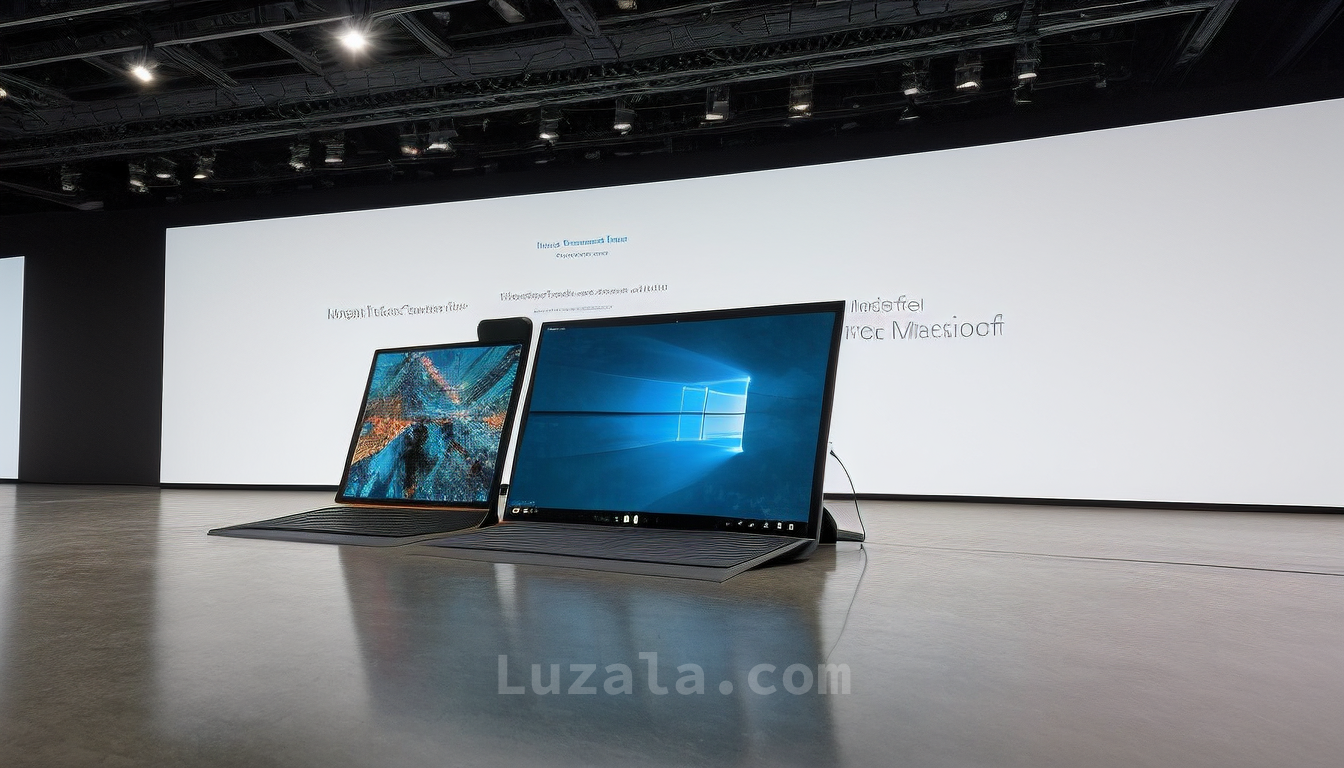
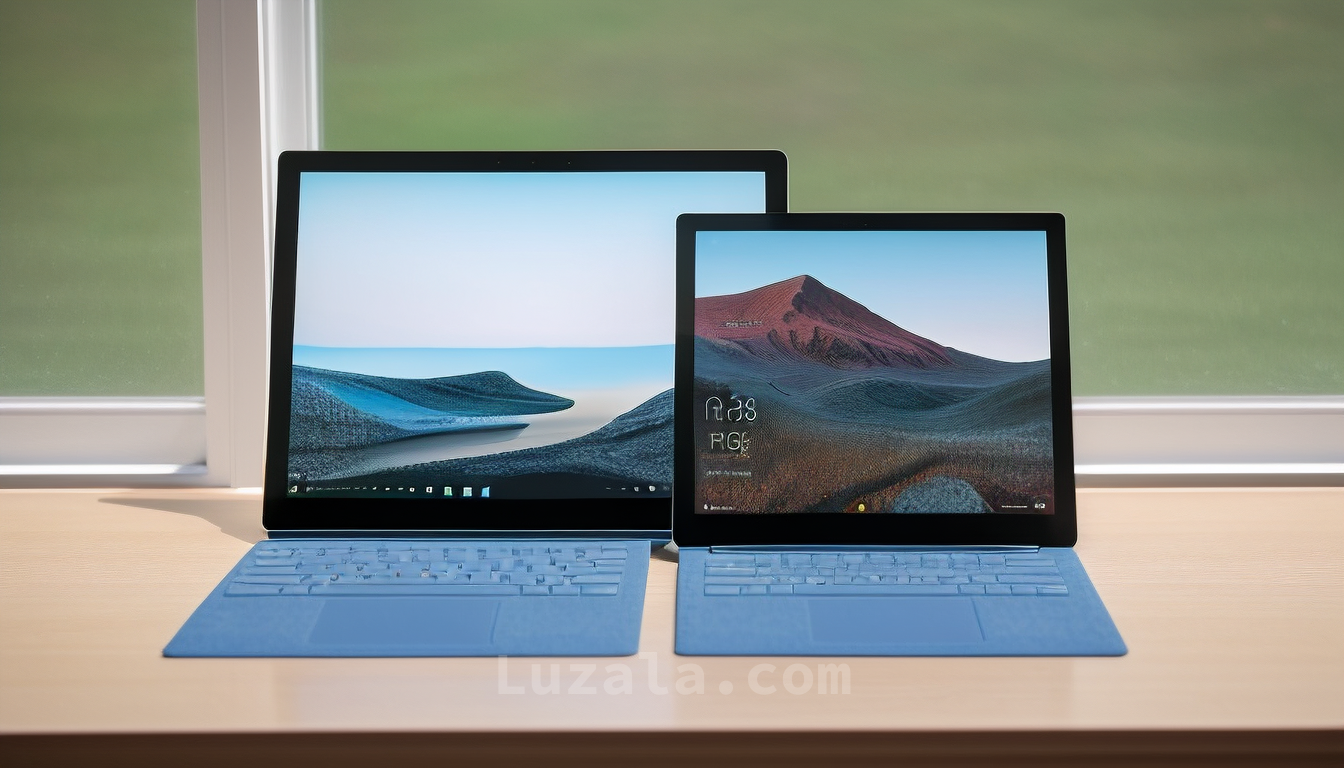

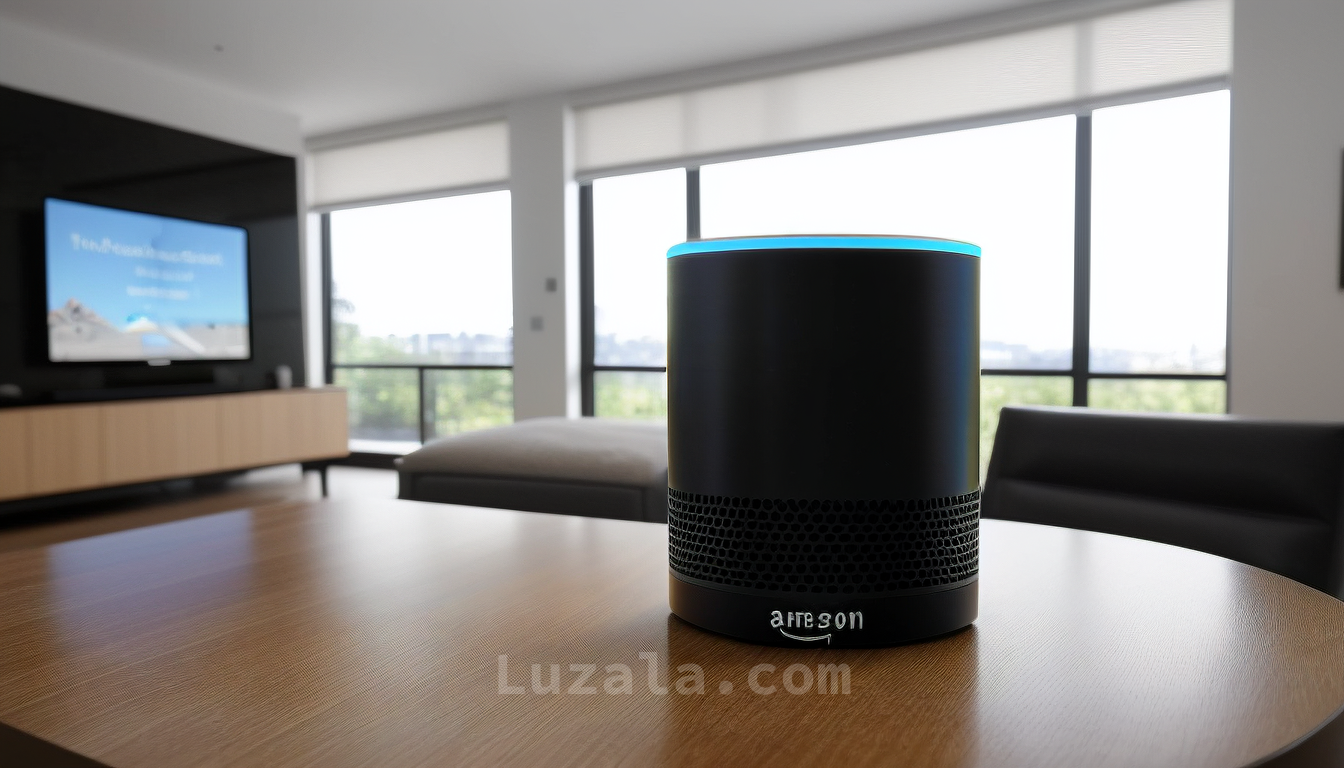

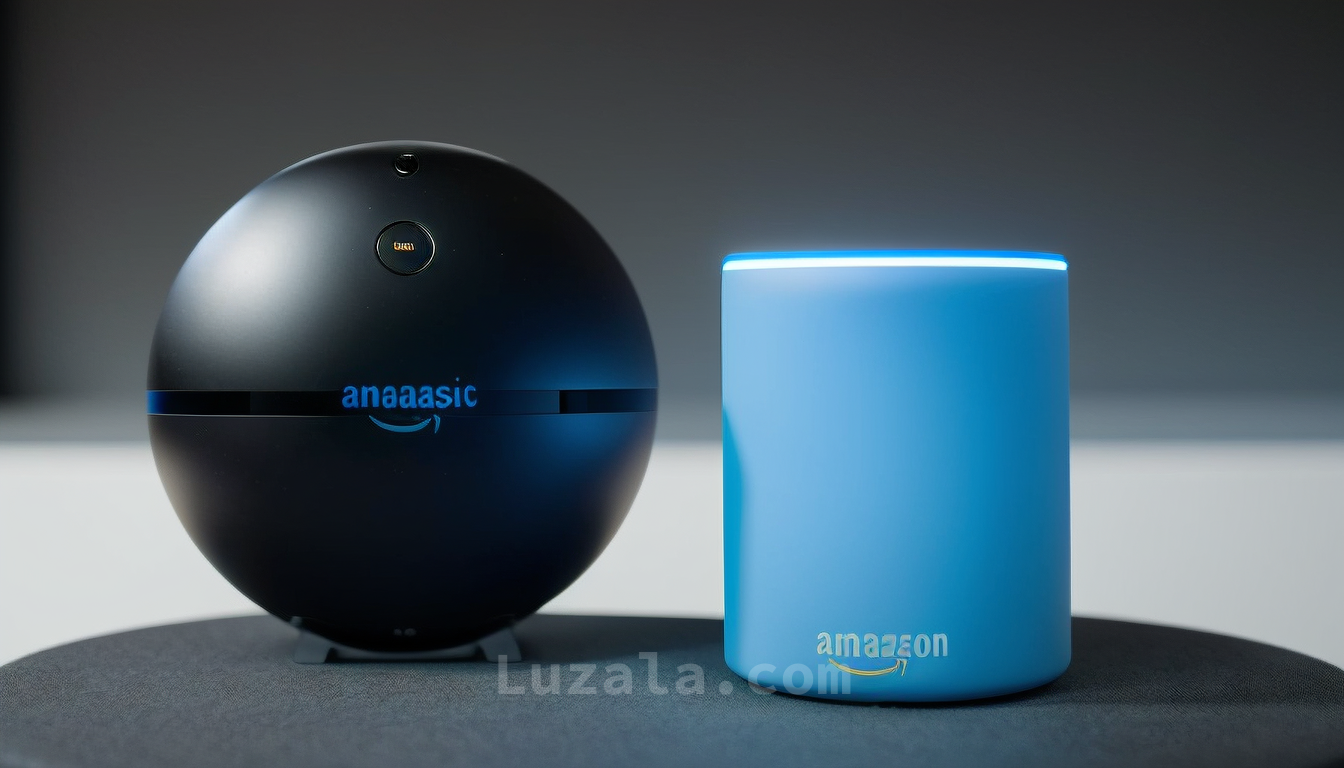
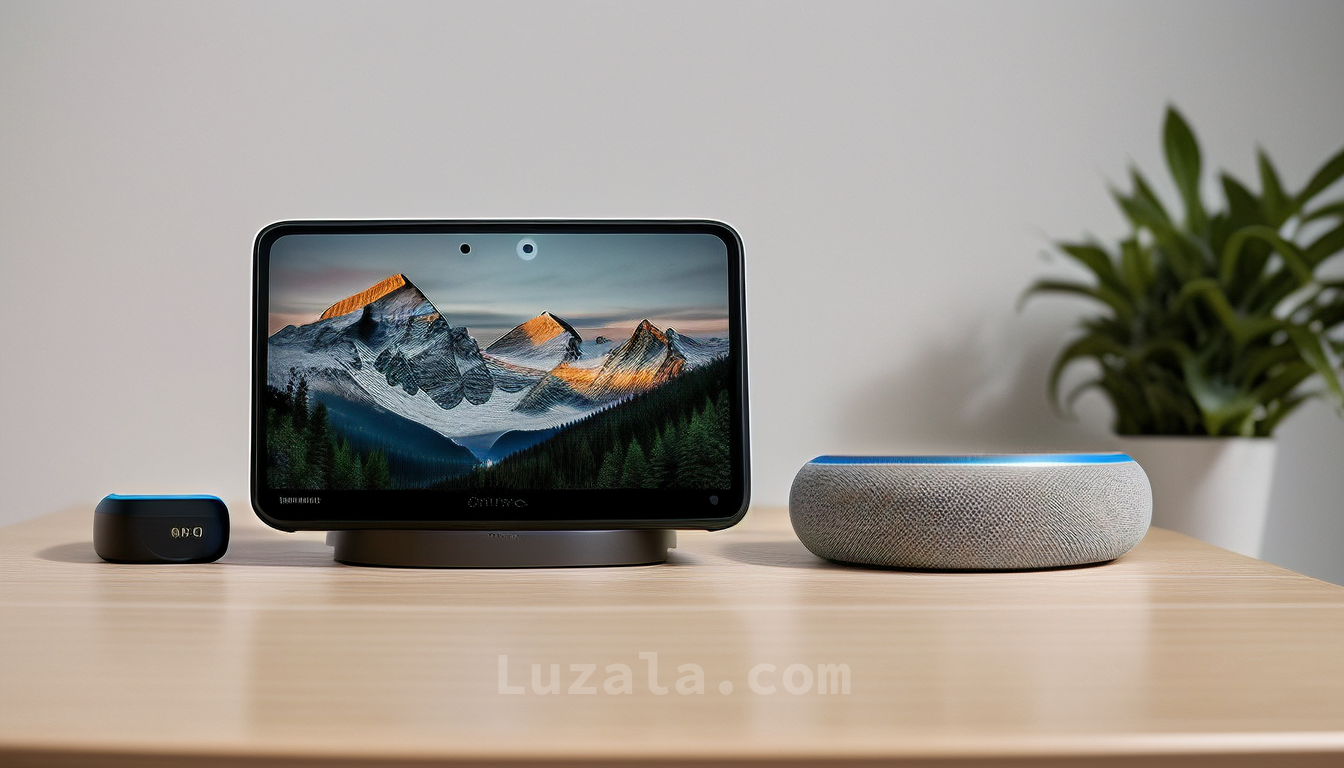





Comments